Therapeutic Strategies for Preventing Burnout: A Holistic Approach
Burnout is more than just feeling tired after a long day at work—it’s a profound sense of emotional, physical, and mental exhaustion that can leave you feeling drained and detached. Many of us in demanding careers or caregiving roles find ourselves teetering on the edge of burnout without even realizing it until we’re overwhelmed. The good news is that burnout prevention is possible through thoughtful, therapeutic strategies that address the whole person.
Understanding Burnout Beyond the Surface
Burnout often stems from chronic stress and unrelenting pressure, but it manifests uniquely for each person. You might experience feelings of cynicism, reduced accomplishment, or emotional exhaustion that make daily tasks feel insurmountable. Recognizing these signs early is crucial. Therapy can provide a safe space to explore these experiences, validate your feelings, and develop personalized strategies to reclaim balance.
Mindfulness-Based Techniques
One powerful therapeutic tool for burnout prevention is mindfulness. This practice encourages present-moment awareness without judgment, helping to break the cycle of rumination and stress. Techniques such as guided meditation, breathing exercises, and body scans can cultivate resilience and calm amidst the chaos of life. Integrating mindfulness into your routine can restore a sense of control and perspective, essential for managing burnout.
Cognitive Behavioral Strategies to Reframe Stress
Our thoughts significantly impact how we experience stress and burnout. Cognitive Behavioral Therapy (CBT) techniques equip you to identify unhelpful thought patterns and replace them with more balanced perspectives. By challenging negative beliefs like “I must be perfect” or “I can’t say no,” you create mental space for healthier coping mechanisms and set the foundation for sustainable self-care.
Building Healthy Boundaries
Burnout prevention often hinges on the delicate art of setting and maintaining boundaries. Therapy can empower you to express your needs assertively, prioritize your well-being, and manage expectations—both your own and others’. Whether it’s delegating tasks, limiting overtime, or carving out personal time, boundaries act as protective barriers that shield your energy from depletion.
Holistic Lifestyle Changes
Addressing burnout isn’t solely about mental health—it’s about nurturing your whole being. Incorporating regular physical activity, ensuring restful sleep, and maintaining a balanced diet play indispensable roles in replenishing your energy. Therapy professionals might collaborate with you to create a holistic plan that integrates these elements, reinforcing your capacity to ward off burnout.
Community and Connection
Isolation can deepen feelings of burnout. Therapeutic approaches often emphasize reconnecting with supportive communities, whether through group therapy, peer support, or informal social networks. Sharing your experiences fosters validation and reduces the burden of carrying stress alone. Together, these connections rebuild your emotional resilience.
Burnout prevention is not a one-size-fits-all process; it requires a compassionate, comprehensive approach tailored to your unique experiences. Through therapy, mindfulness, cognitive strategies, boundary setting, lifestyle enhancement, and community engagement, you can cultivate a balanced life that protects your wellbeing and fuels your passions.




